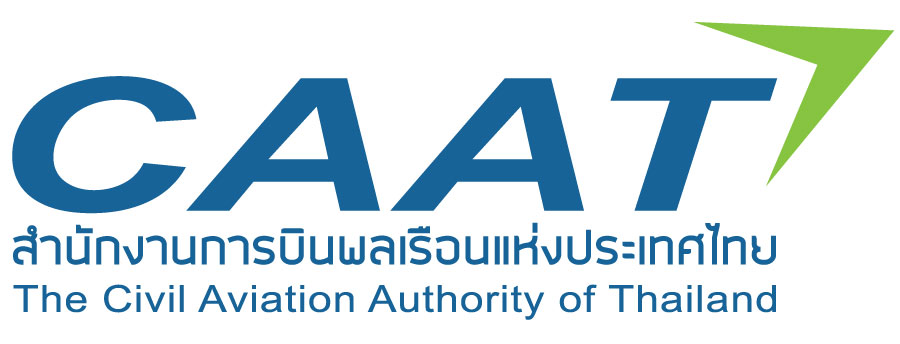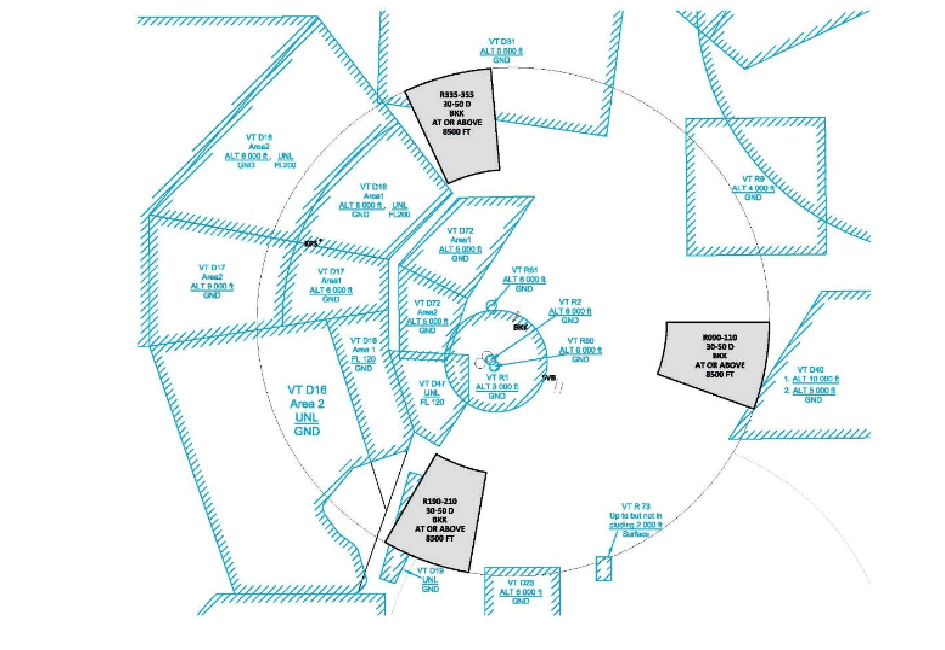The pilot-in-command shall request delay information from ATC when unanticipated circumstances may result in landing at the destination aerodrome with less than the final reserve fuel plus the fuel required either to proceed to an alternate aerodrome or the fuel required to operate to an isolated aerodrome.
The pilot-in-command shall advise ATC of a minimum fuel state by declaring “MINIMUM FUEL” when, having committed to land at a specific aerodrome, the pilot calculates that any changes to the existing clearance to that aerodrome may result in landing with less than planned final reserve fuel.
Note: 1.The declaration of “MINIMUM FUEL” informs ATC that all planned aerodrome options have been reduced to a specific aerodrome of intended landing and any changes to the existing clearance may result in landing with less than planned final reserve fuel. This is not an emergency situation but an indication that an emergency situation is possible should any additional delays occur.
Note: 2.It should be noted that Pilots should not expect any form of priority handling as a result of a “MINIMUM FUEL” declaration. ATC will, however, advise the flight crew of any additional expected delays as well as coordinate when transferring control of the aircraft to ensure that other ATC units are aware of the flight’s fuel state.
The pilot-in-command shall declare a situation of distress related to the amount 33 of fuel available on board the aircraft by broadcasting “MAYDAY, MAYDAY, MAYDAY, FUEL” when the calculated usable fuel predicted to be available upon landing at the nearest aerodrome where a safe landing can be made is less than the planned final reserve fuel.
Note: 1.The planned final reserve fuel refers to the value calculated in Annex 6-Operation of Aircraft, Chapter4, item 4.3.6.3 e) 1) or 2) and is the minimum amount of fuel required upon landing at any aerodrome.
Note: 2.The words “MAYDAY FUEL” describe the nature of the distress conditions as required in Annex 10, Volume II, 5.3.2.1, b) 3.
Note: 3.Guidance on procedures for in-flight fuel management is contained in the Fuel Planning Manual (Doc 9976).

